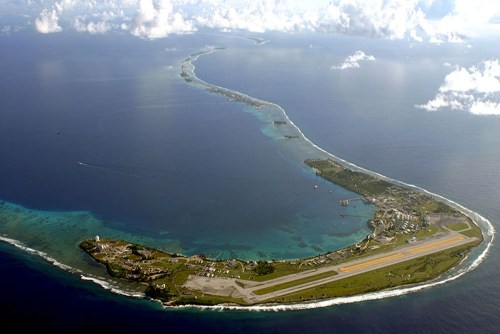
The culmination of a contract previously won by Lockheed Martin in June of 2014, the Space Fence surveillance system has been on the Department of Defense’s radar for some time. In light of the increasing amount of orbiting space junk and debris, the DOD has long desired a way to distinguish what exactly exists within the near-Earth space environment. Lockheed’s initial proposal, an S-band phased-array radar system, particularly piqued the interest of the U.S. government due to its estimated ability to track baseball-sized objects nearly 2,000 miles away.
With 21,000 pages of design documents, an extensive eight-day Design Walkthrough, and now a three-day Critical Design Review in the rear view for Lockheed, equipment and facility production should commence soon. Early estimates indicate the Space Fence to be somewhat operational by as soon as 2018, with full-scale operation expected around 2022.
“Completion of CDR marks the end of the design phase and the start of radar production and facility construction of the Space Fence system,” says Steve Bruce, vice president for Advanced Systems at Lockheed Martin’s Mission Systems and Training company. “Once complete, Space Fence will deliver revolutionary capability to the U.S. Air Force with a flexible system capable of adapting to future missions requiring new tracking and coverage approaches.”
Despite the U.S. Air Force signing off on the Space Fence, Lockheed faces an uphill battle in successfully getting the system up and running. Not only is Kwajalein Island located in a remote part of the Pacific Ocean, the built facilities need to boast an infrastructure capable of tolerating high winds and possible seismic activity, all while remaining accurate during operation.
However, with nearly a billion dollars at its disposal for the project (and likely more, because who has ever completed a job for exactly what they quoted?) there should be little doubt Lockheed possesses the engineering know-how and resources required to get the job done.
Editors' Recommendations
- Air Force’s experimental space plane returns after record flight
- SpaceX and United Launch Alliance win launch contracts for U.S. Air Force
- The U.S. Air Force’s secretive space plane ends record-breaking mission